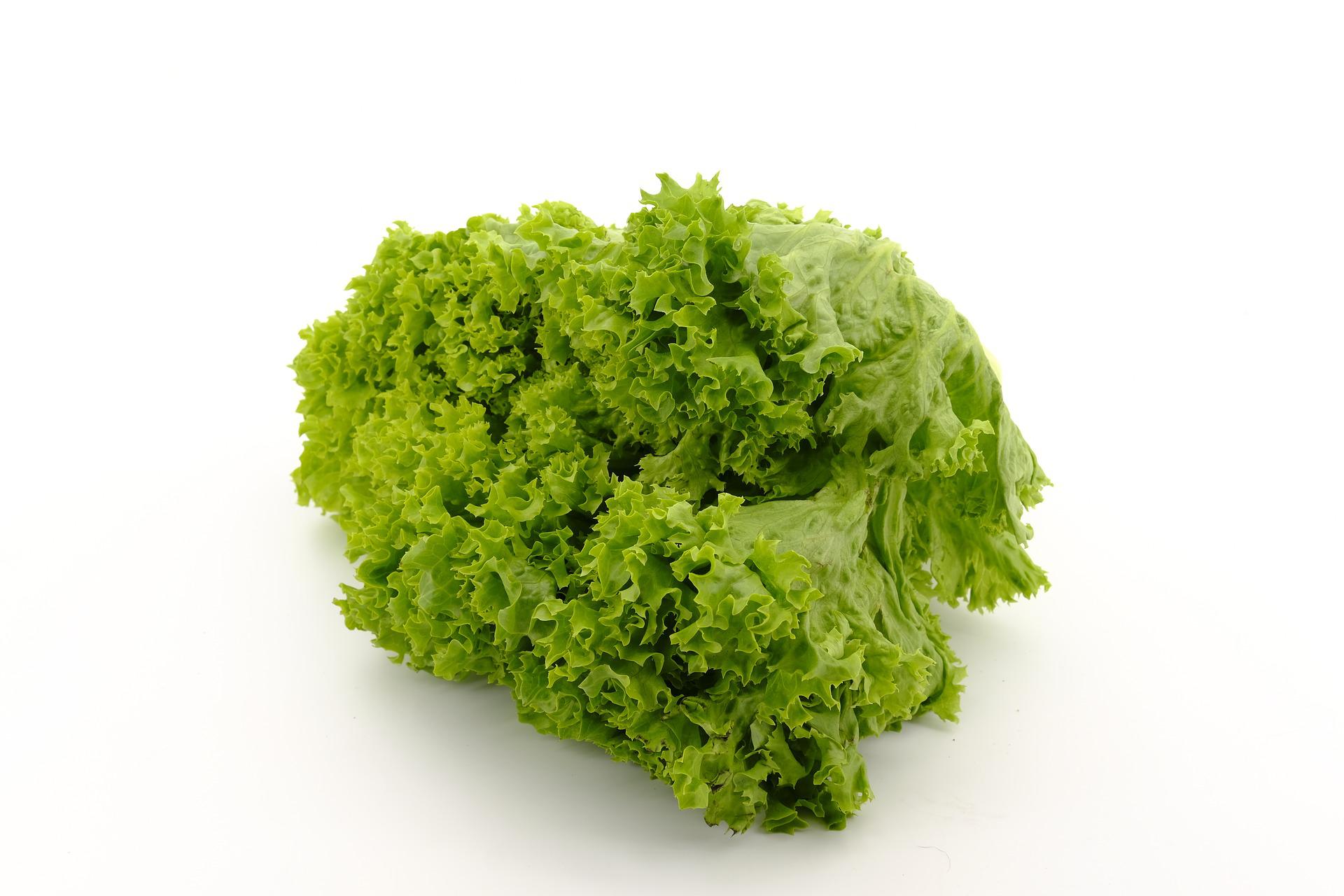A short vegetation period from planting to technological maturity, along with lower heat requirements, allows for the cultivation of 2 to 3 crops during autumn, winter, and early spring in the same facility. This, of course, depends on the area’s ecological conditions and heating capabilities.
Lettuce is usually planted after long-vegetation crops such as peppers, tomatoes, or cucumbers. Organic fertilizers are used for these crops, leaving a good amount of humus in the soil afterward. Mineral fertilization of lettuce is carried out based on soil analysis. Part of the necessary nutrients is added during base fertilization, and additional nutrients are provided during the growing season.
Fertilizers should be well mixed with the soil to a depth of 25 cm. Before planting, the soil should be prepared to a fine crumbly structure. The soil temperature during planting should be at least 8°C, and optimal soil moisture should be ensured. Lettuce is planted at a spacing of 25 x 25 cm or 22.5 x 22.5 cm, resulting in 16 – 20 plants/m². Depending on the width of the protected area, a 50 cm wide strip is left every 5 – 7 rows for access (for care and protection of the lettuce). Immediately after planting, irrigation is performed with 5 – 10 l/m², and the surface is kept constantly moist until the roots grow into the soil. It is best to use localized drip irrigation, and applying a PE mulch film on the bed is recommended. Irrigation should provide 15 – 20 l/m², and additional fertilization with NPK fertilizer 10:5:4 with microelements may be applied as needed. Regular protective measures for lettuce in protected areas include the use of fungicides for downy mildew control, particularly those with a short withholding period.
Types of Protected Areas
Type A: Low Tunnel
This is often a self-constructed solution. It does not use heating and is used for seedling production and pre-season cultivation. It has a simple construction and lacks additional equipment. Tomato cultivation is not possible in these structures.
Type B: High Tunnel
This simple and cost-effective solution is often used for smaller areas, usually for pre-season cultivation without heating. Ventilation is typically passive, achieved by opening doors and side panels. Tomato cultivation is possible.
Type C: Typical Single-span Greenhouse with Arched Roof
Typically covered with PE film (polyethylene), with some using polycarbonate panels for vertical walls. It can also feature a so-called gothic roof with an arched profile peaked in the center, suitable for areas with heavy snowfall as the snow slides off more easily. Ventilation is provided through openings on the vertical sides, and fans may also be used. It is designed for the installation of heating systems, allowing cultivation throughout most of the year. Suitable for tomato cultivation.
Type D: Traditional Greenhouse
This typical construction uses glass or other rigid covering materials, although film can also be used. It supports continuous production throughout the year. Ventilation can be natural, artificial (fans), or combined. Suitable for installing all necessary systems.
Type E: Multi-span Greenhouse (Type C)
Similar to Type C, but involves connecting multiple single-span greenhouses into one unit, suitable for larger areas.
Type F: Multi-span Greenhouse (Type D)
This structure involves connecting multiple greenhouses (Type D). The bays can either create a unified space or be separated by walls made from covering material. Separate bays allow for different setups and production methods across different seasons. For example, one section can support year-round production with appropriate heating, while another is used for pre-seasonal production. This setup requires separate control systems for each section. Roofs can have a central gutter with sloping symmetrical sides or a single slope per bay (with the other side being vertical).
Type G: Venlo Greenhouse
Named after the city of Venlo in the Netherlands, this type may have two central gutters per bay. The roof panels can be tilted around an axis at the bottom of the bay, allowing them to reach a vertical position, which significantly improves natural ventilation.
Factors Influencing the Choice of Protected Areas
- The planned size of the cultivation area
- The plant species to be grown (affecting the height of the greenhouse)
- Investment capabilities
- Type of substrate
- Duration of the production season, with or without heating
- Planned future development or expansion of the facility, among other considerations.













































